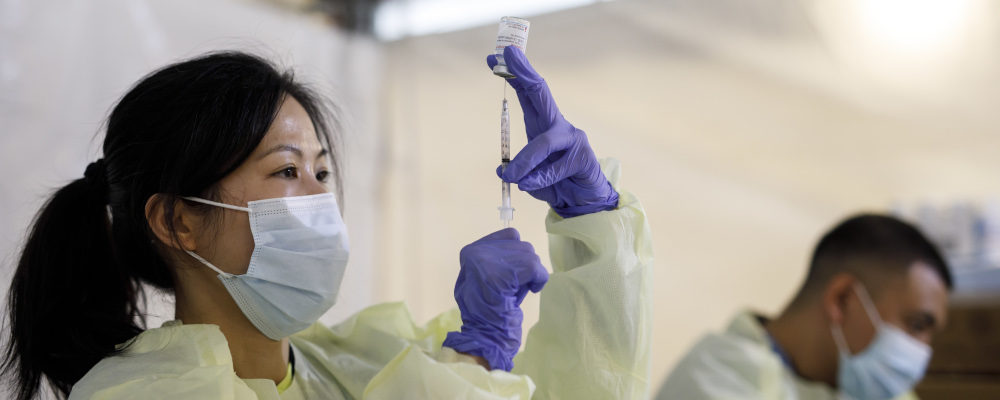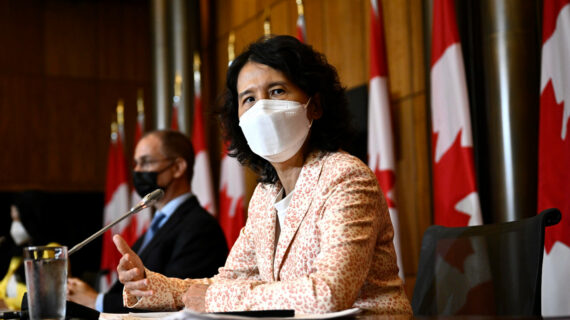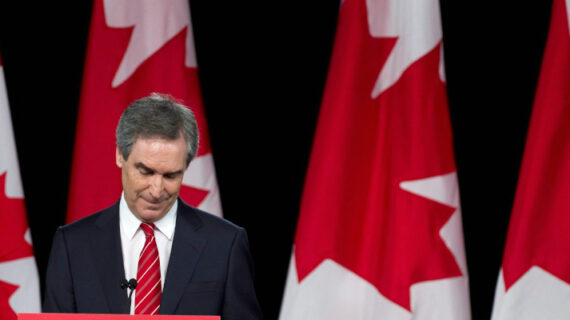The pandemic has highlighted a long list of issues in Canadian health care.
From long-term care, vaccine production and distribution, ICU and general bed capacity in hospitals, public health and health human resources, we’re certainly not short of areas to improve.
The immediate response in 2020 was an increase in total health spending as taken from assorted announced federal and provincial measures — mainly federal — totalling $44 billion though much of it remains unspent.
As well, the provinces, who are responsible for the delivery of publicly funded health care services in Canada and who account for nearly 70 percent of health spending, have also made the call for more long-term resources from the federal government. That would come in the form of an increase in the Canada Health Transfer of $28 billion annually and would come on top of the current transfer of approximately $42 billion which has been growing at about three percent per year.
When it comes to health care, much of the debate will be on how prepared Canada was particularly in the area of public health.
Compared to other countries, was Canada’s medical system well enough equipped to deal with the increased demands of the pandemic? Nowhere has the debate been more contentious than in the area of public health given that the pandemic response illustrated weakness in our efforts ranging from having plans that were not followed to lack of critical supplies of personal protective equipment at both the federal and provincial levels.
Naturally, there will be a view that the sector requires new investment to deal with future pandemics.
In the wake of the SARS outbreak in 2004 which was supposed to serve as a wake-up call about the need for future pandemic preparedness, both federal and provincial public health spending grew substantially, according to numbers compiled by the CIHI National Health Expenditure Estimates. Indeed, it was one of the fastest growing health spending categories of the 21st century in Canada.
Between 2004 and 2019, real per capita spending (in 2019 dollars) on public health and associated preparedness rose from $210 to $305 by provincial-territorial governments and $50 to $71 dollars federally — respective increases of 45 and 42 percent.
By way of comparison, at the provincial-territorial government level, real per capita spending on hospitals grew by only 12 percent, drugs by 10 percent, other institutions (including long-term care) by 22 percent and physicians at 41 percent. On an annualized basis, real per capita provincial-territorial government public health spending grew at 3 percent compared to less than one percent for hospitals and drugs, 2.8 percent for physicians, 1.5 percent for other institutions and 1.8 percent for overall health spending.
However, the provinces are a heterogeneous bunch when it comes to health spending with substantial differences even when it comes to public health spending and public health outcomes. For example, between 2004 and 2019, Ontario’s real per capita public health spending in 2019 dollars grew from $217 to $383, an increase of 77 percent and the second largest increase of all nine of its CIHI expenditure categories. By comparison, its hospitals grew barely one percent, physicians 37 percent and drugs 16 percent. Meanwhile, British Columbia — which has done somewhat better than Ontario in the fight against COVID-19 — over the same period saw its real per capita public health spending grow from $228 to $347, which is an increase of 52 percent as opposed to Ontario’s 77 percent. True, B.C. started from a higher base, but Ontario has more than caught up.
The more crucial criticism with respect to public health spending really should be about the value for money
The claim that somehow the public health sector was financially short-changed in the years leading up to the COVID-19 pandemic does not measure up.
While spending growth rates at the provincial level slowed after the Great Recession, they were even worse for the hospital sector which actually saw a slight decline in real per capita spending after 2009.
The more crucial criticism with respect to public health spending really should be about the value for money. Increases in public health spending after SARS seemed to have been accompanied by substantial planning exercises for future pandemics but weak ability to implement effective action, the erosion of stockpiles of personal protective equipment, the lack of investment in modern data processing and contact tracing, as well as the eventual deactivation of our pandemic intelligence gathering apparatus at the federal level.
As for increasing resources to the health sector, if anything the state of the hospital sector requires review. Provincial government hospital spending in Canada has seen restrained growth for nearly two decades and the big concern during the pandemic was that surges in Covid-19 cases would overwhelm our capacity. Indeed, when international comparisons are made, of the 37 OECD countries reported in the OECD 2020 Health Statistics, Canada ranks 31st in terms of hospital beds per thousand patients.
The cost of this especially during the first wave of the pandemic was the cancellation of numerous appointments and surgeries. As reported by the CIHI in its 2020 NHEX Report, from March to June 2020, overall surgery numbers fell 47% compared with the same period in 2019, representing about 335,000 fewer surgeries — meaning less money spent on health.
In the United States, overall health spending appears to have dropped slightly in 2020 for the first time in its recorded history. One suspects a similar story may emerge for Canada once the dust settles and actual health spending rather than the announcements for 2020 is fully tallied. It would be a somewhat embarrassing prospect for governments asking for more health dollars.
We appear to have dropped the ball on public health and our hospital sector was hard pressed to deal with the surge in cases without cancelling other activities. Yet, the same OECD statistics however show that we are 7th out of 37 when it comes to health spending as a share of GDP.
Again, this goes to show that the key issue is not about how much we are spending on health but how and where we are spending it. Until we can figure out how it is that we are able to spend so much and yet still were caught with our pants down when it came to the ability of our health system to cope, all the transfer increases in the world will do nothing to improve the Canadian health care system.




